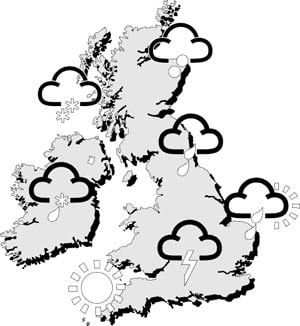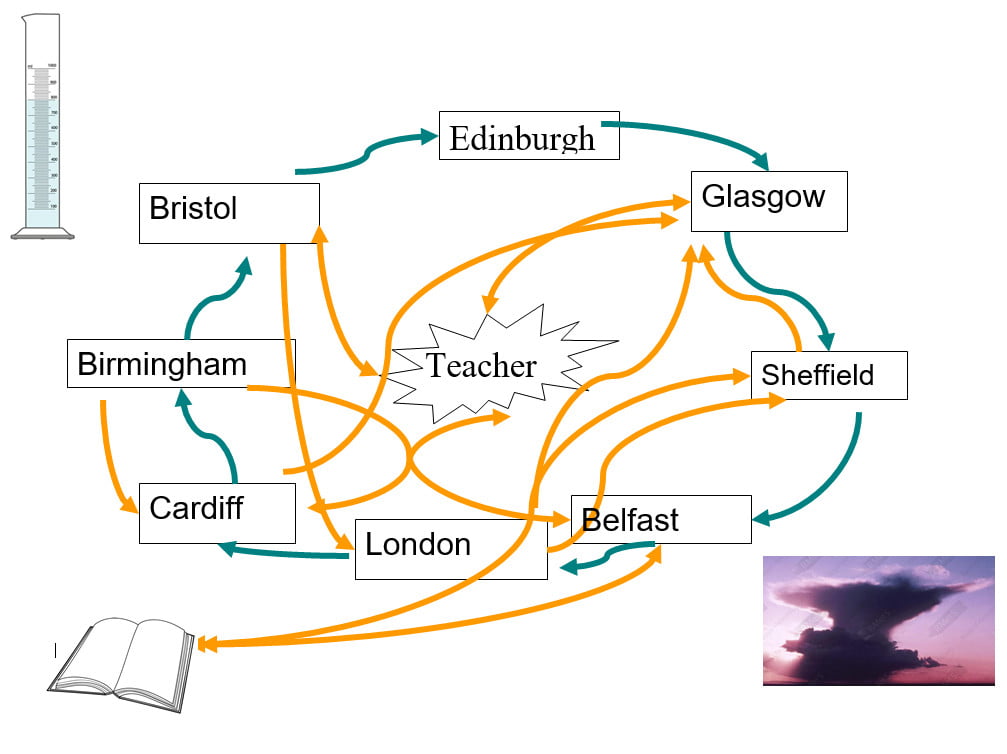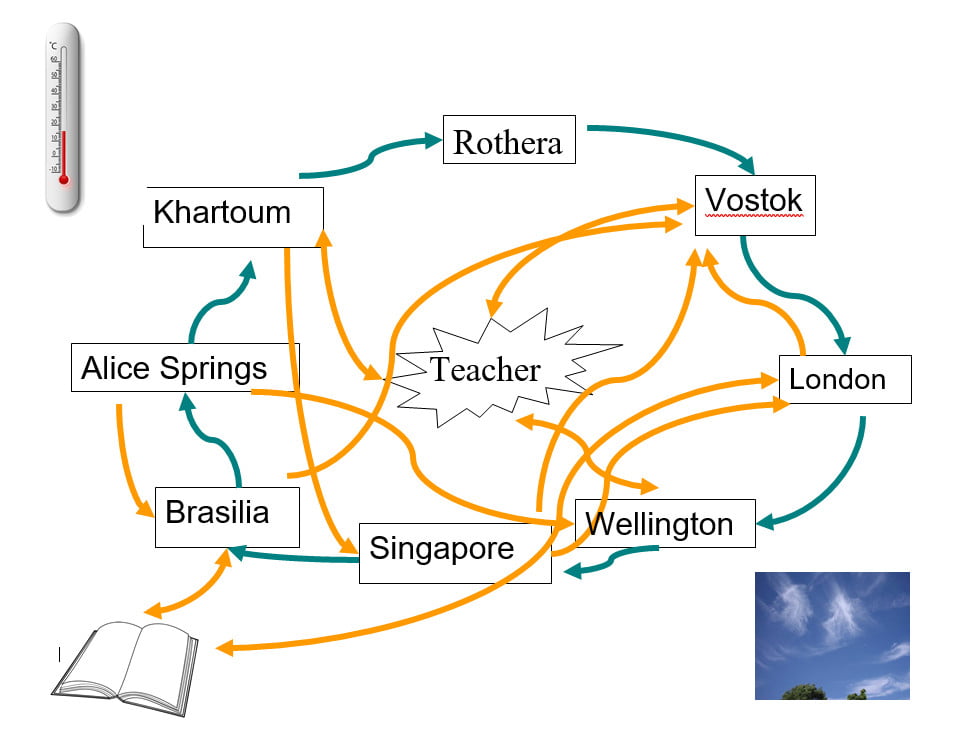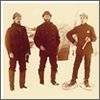Recommended Weather Resources for teaching 7-11 year olds
BBC What is Weather animations and lesson plans for KS2 weather.
Weather for Schools resources.
Weather resources from the Primary Magazine from the National Centre for Excellence in the Teaching of Mathematics. Requires free registration on the national STEM database.
A nice interactive map showing hot and cold extreme temperatures which introduces GIS techniques.
Seasons resource from ngfl-cymru.
A nice interactive resource for weather forecasting, focussed on Wales.







